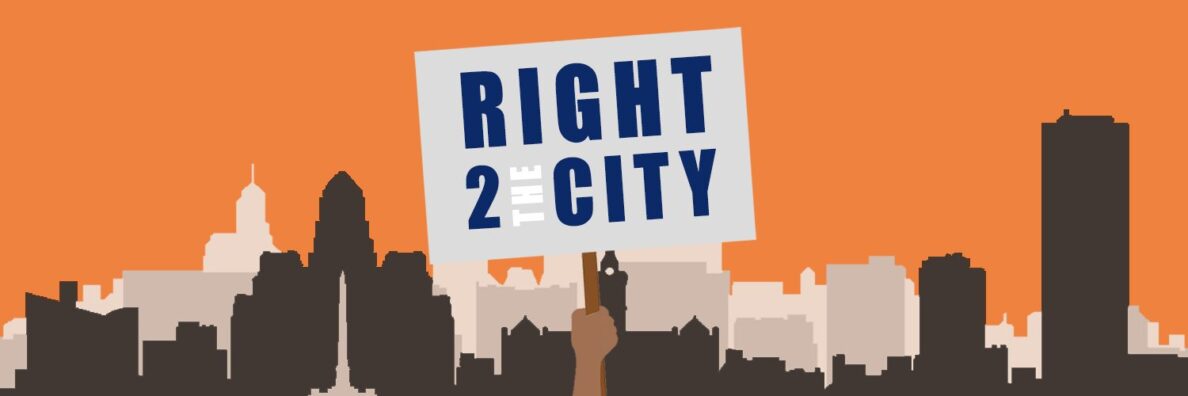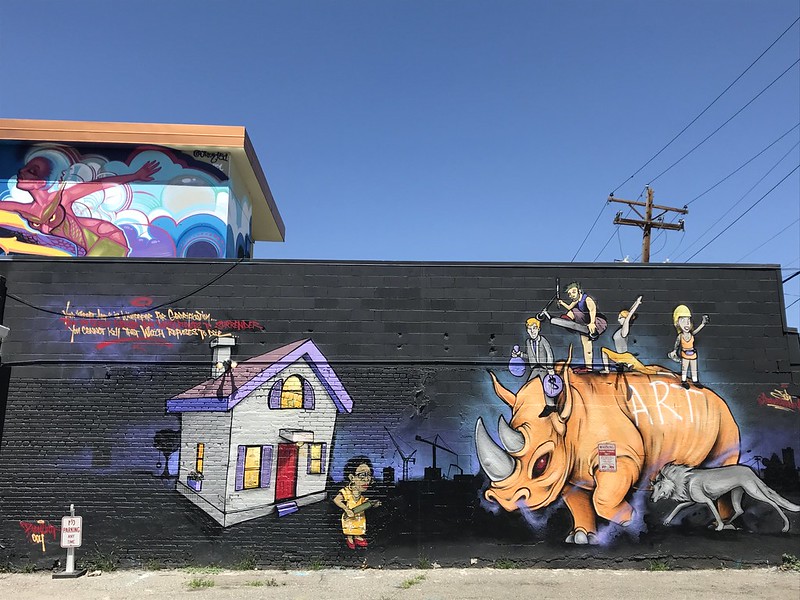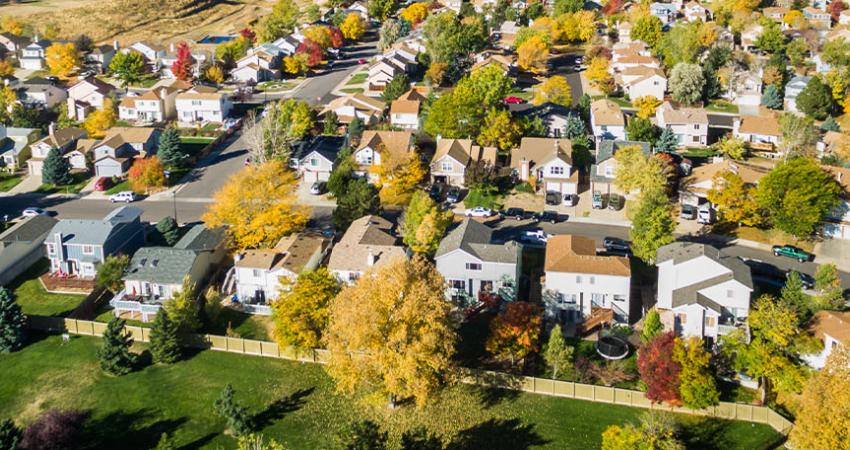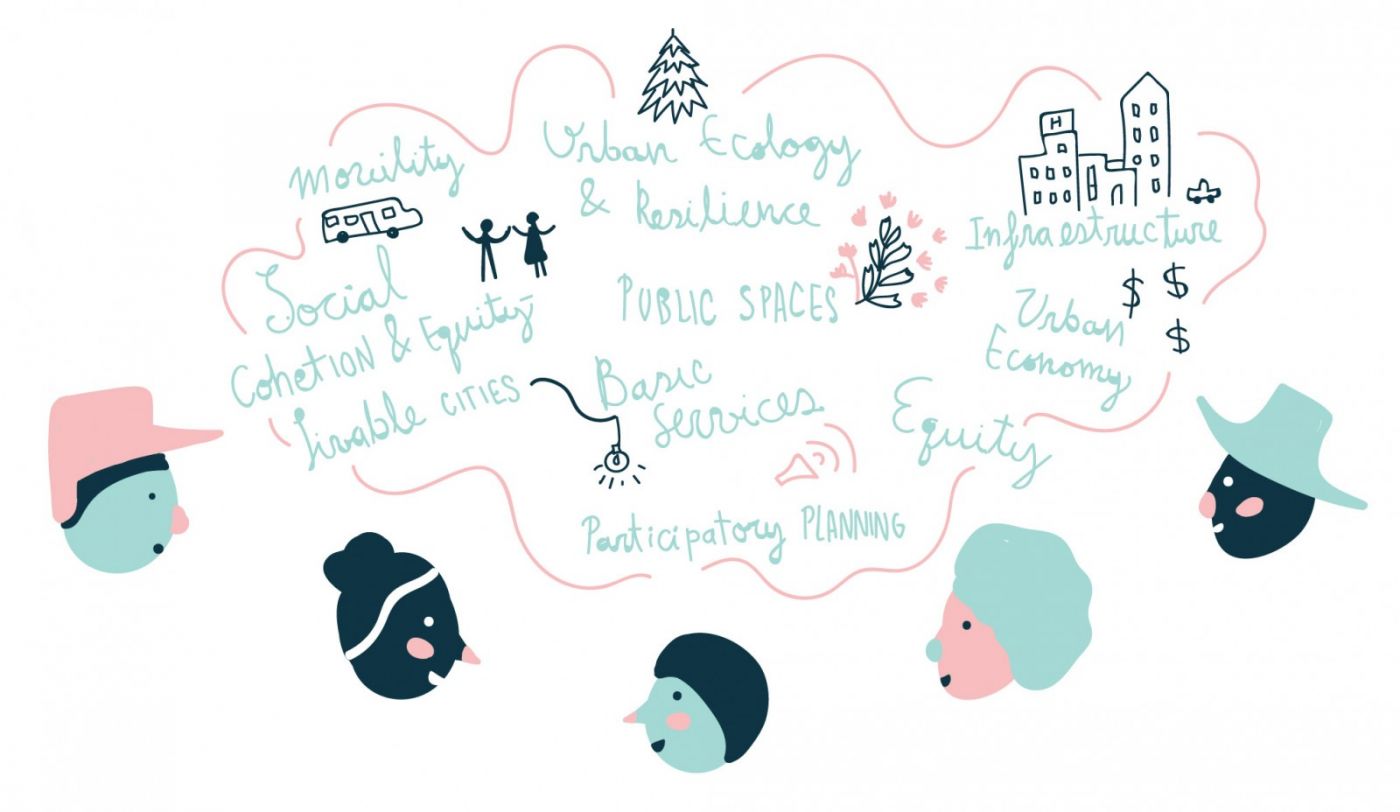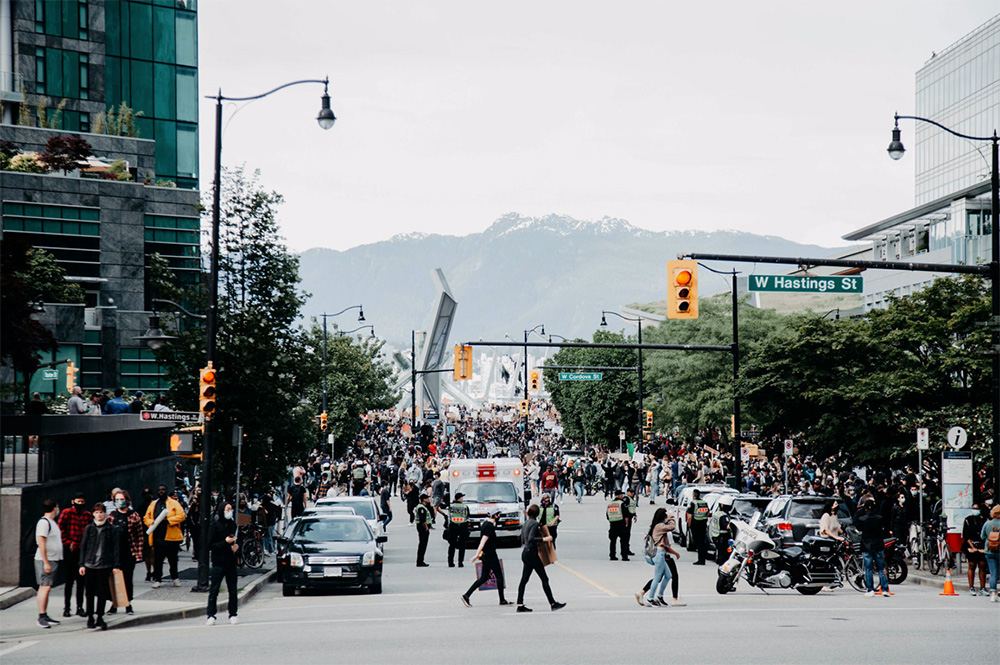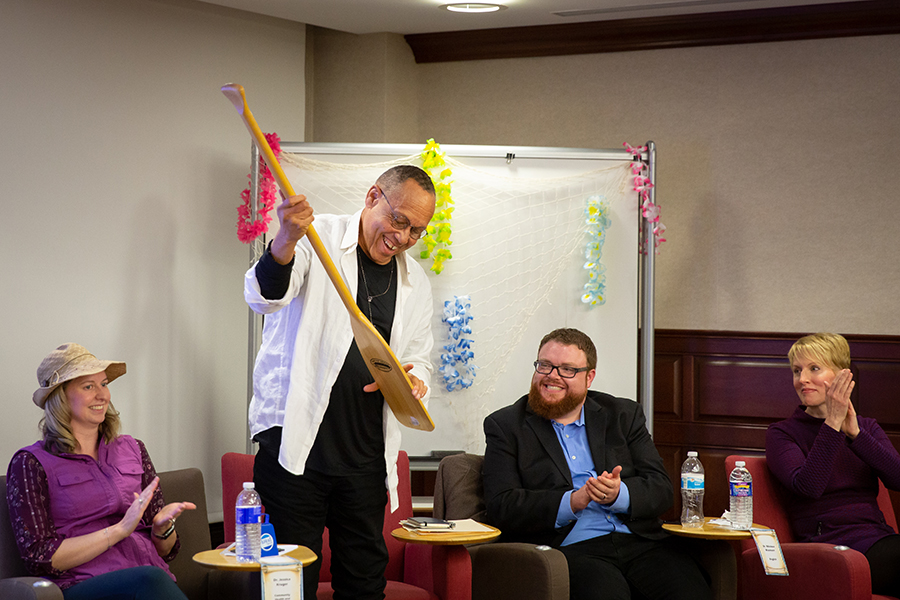Did the Comprehensive Community Initiatives of the 1990s, early 2000s Bring About Change?
By Meir Rinde
Read the full article from Shelterforce here.
“While their methods and specific goals varied, the CCIs all sought to bring focused resources and the lessons of past revitalization initiatives to poor, urban neighborhoods in order to effect broad change at the individual, neighborhood, and systems levels. They aimed to help local groups organize their communities, develop leaders, improve the physical infrastructure, boost their economies, enhance access to human services, and strengthen social bonds.”
